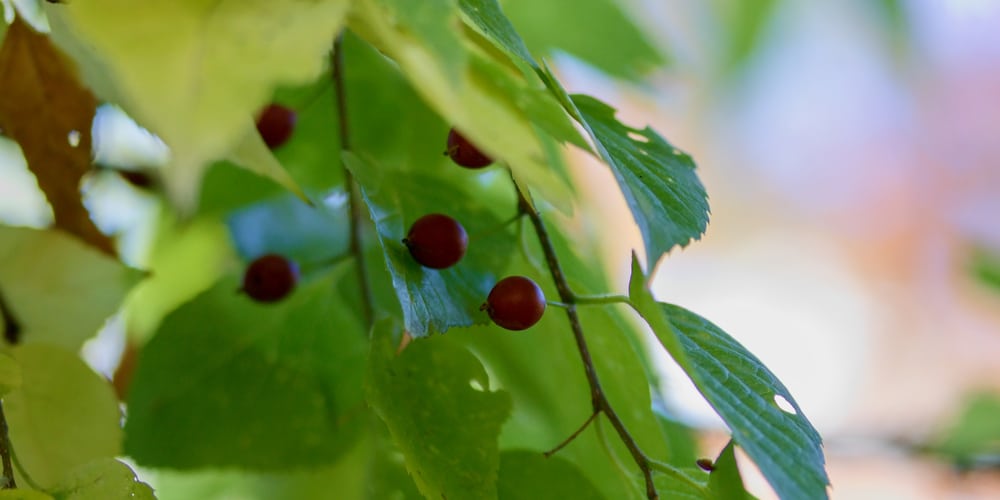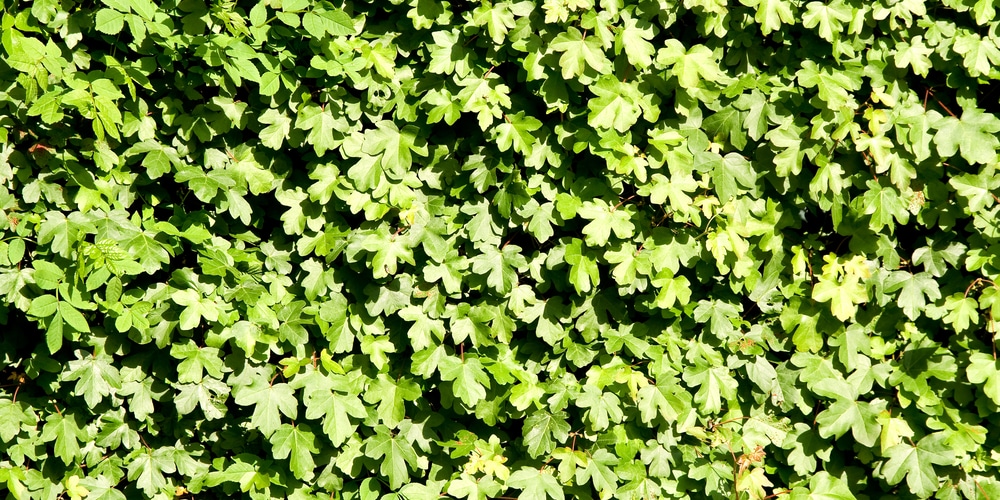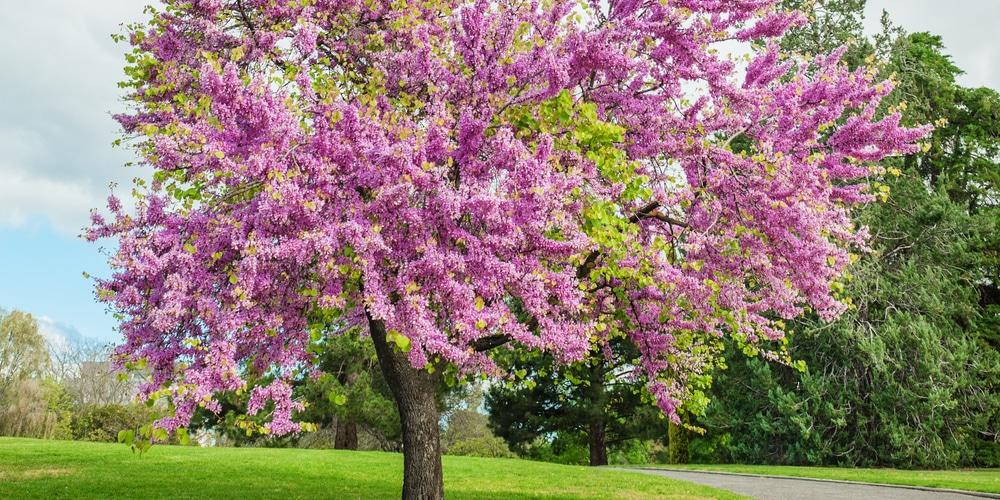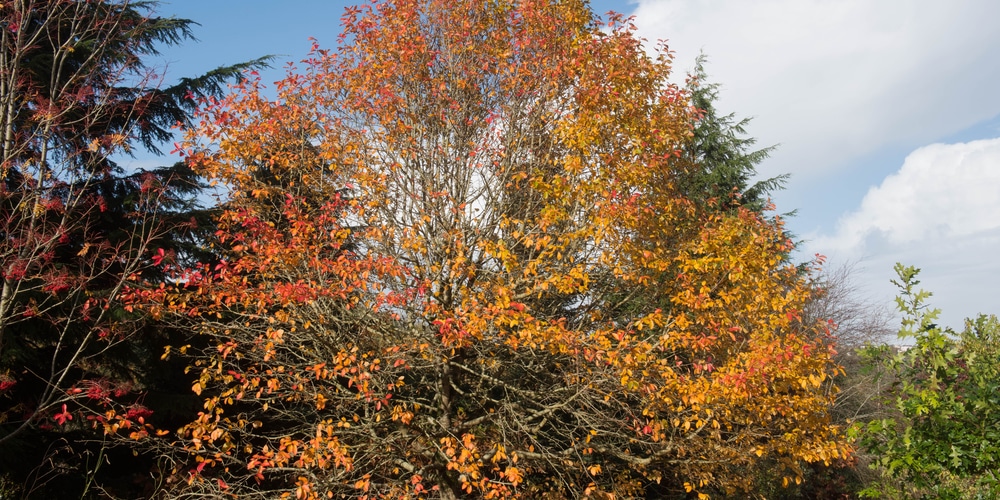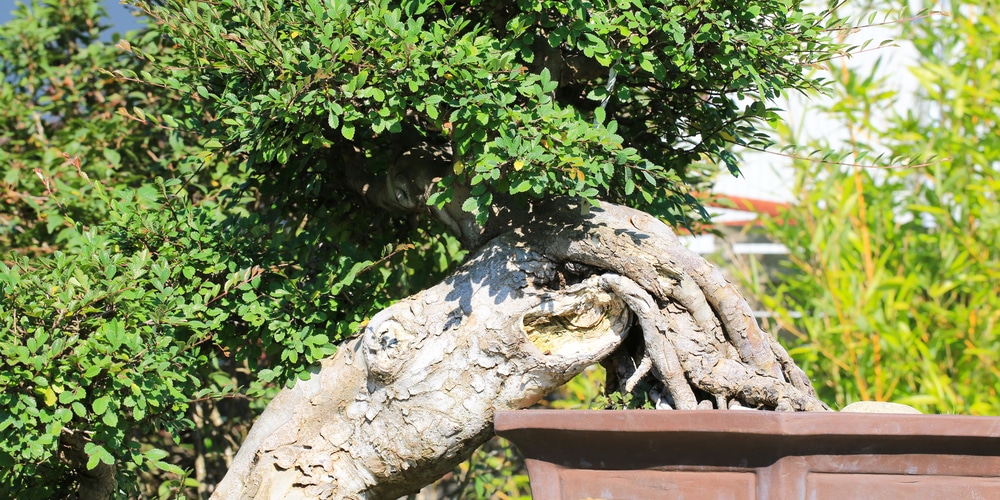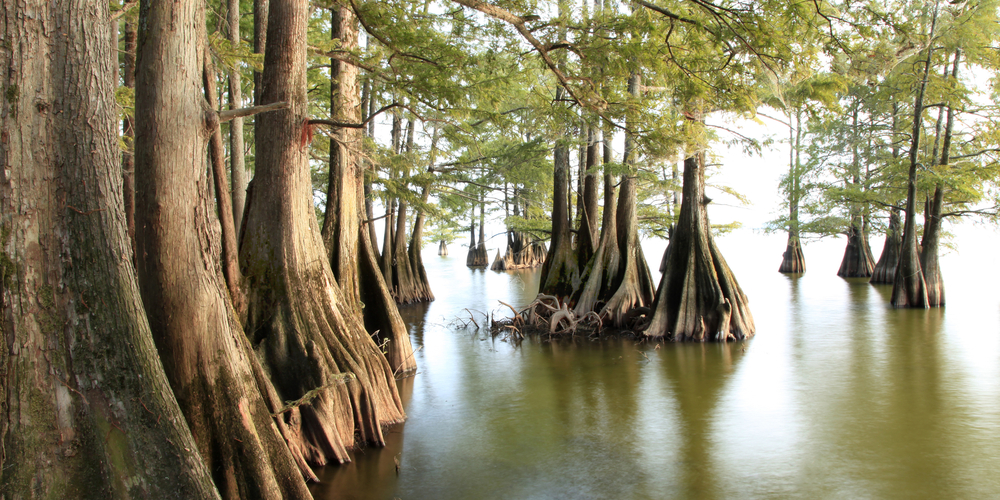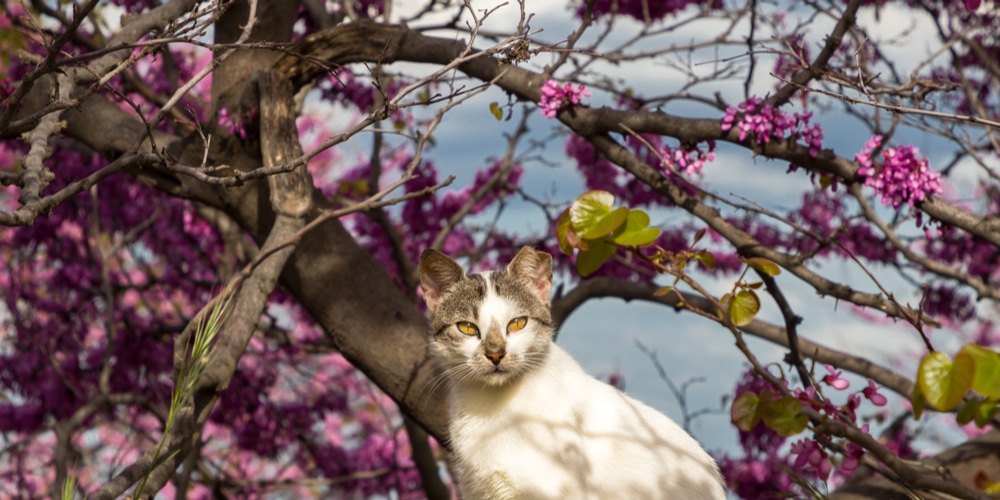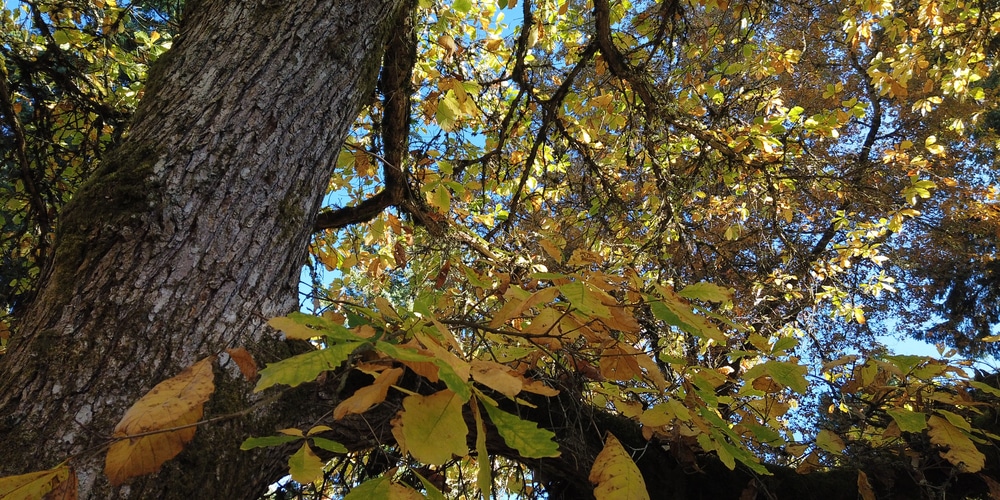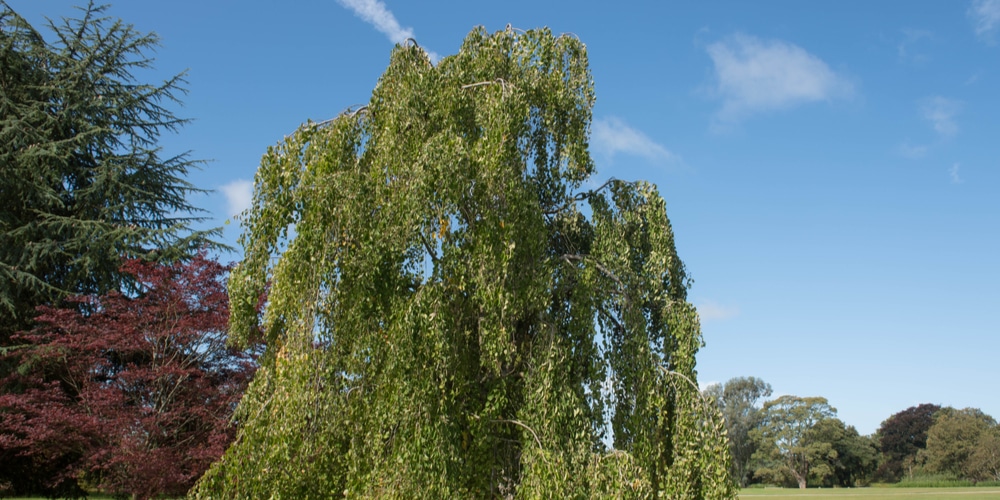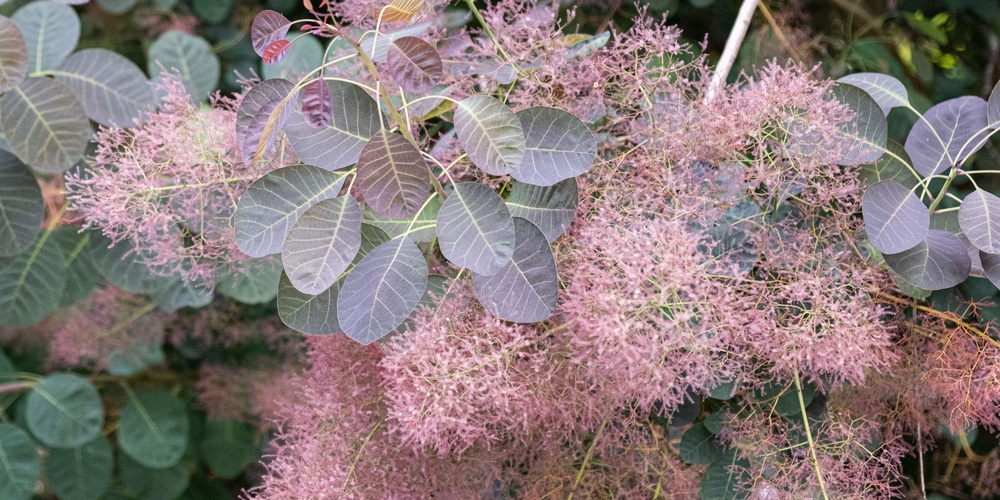Looking to add natural shade to your lawn, yard, or garden landscape and with clay soil? We have just the thing. Here are 12 shade trees that grow in clay soil.
Shade Trees That Grow In Clay Soil
Magnolias
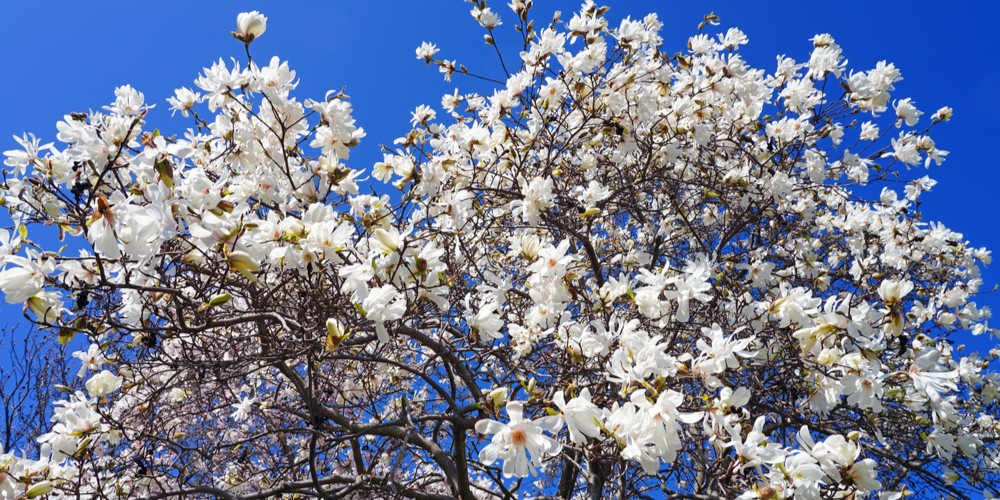
Magnolias are the perfect choice for those who want a beautiful tree with magnificent flowers in their home. They’re largely indifferent to clay soil, don’t grow too large and provide much-needed shade with its generous sprawl.
With magnolias you’ll have several varieties to choose from, but we recommend the Sweet Bay Magnolia, Star Magnolia and Saucer Magnolia, just to name a few. You can also choose maximum growth height, flowers and its colors and foliage.
Sugarberry
Sugarberry, or otherwise known as southern hackberry is native to the state of Missouri and a direct counterpart of the northern hackberry.
This tree adapts well to clay soil and can grow up to 60 feet. The deciduous tree has a large trunk and dense foliage, perfect for spending hot afternoons under. Sugarberry is also a magnet for wildlife, with its fruits attracting both insects and small animals in your yard.
Hedge Maple
Hedge Maple is a tough and versatile plant and can survive where others tend to fail. The species is also highly tolerant of urban conditions and provides much-needed shade against the sun.
This moisture-loving tree generally grows to around 30 feet in height and appears to be a medium-sized shrub, but with adequate pruning it can be transformed into a tall hedge. Watering is kept to a minimum once it becomes established into the ground.
Eastern Redbud
Eastern Redbud boasts a huge spread where people can take cover or shelter from rain and sunlight. It can grow up to 30 feet tall, so make sure to give it the space it needs to thrive and flourish.
What makes this tree species so attractive is its transformation from green to lavender pink come springtime. The rosy flowers overtake the foliage and make for a breathtaking landscape display. Eastern Redbud prefers a constantly moist soil but it should also drain to an extent.
Cornelian Cherry Dogwood
‘Cornus mas’ should definitely be on your list of shade trees that grow in clay soil. It’s highly adaptive to any environment and rewards you with golden yellow blooms that are tightly clustered in spring.
Furthermore, Cornelian Cherry Dogwood can be used many different ways, including as a border, screen or hedge, and shade as well.
Black Gum
Black Gum loves moisture and is one of the few trees that take to clay soil pretty well. It’s mostly found in wet and periodically-flooded areas, which should give you an idea of its watering requirements.
The tree grows up to a height of 50 feet and is quite stately when mature. Black gum produces flowers that aren’t as showy as the other species but it serves as food for bees; when it turns into fruit it can feed birds and small wildlife as well.
Chinese Elm
Another large type of shade tree, the Chinese Elm is resistant to diseases that plague its American counterpart. Gardeners and homeowners will love the lush foliage that brings shade and cool breeze in the summer.
It’s worth noting that Chinese Elm grows quickly, and its bark changes from brown to orange, cream and gray. For the best results, plant where it can get full sun and you’ll be sure to have a statement piece in your yard.
Bald Cypress
The name Bald Cypress is a misnomer because it’s anything but bare. This long-lived coniferous tree can extend up to an amazing 70 feet in height provided it gets established early on and while it’s still a sapling.
The tree species thrives in locations that are constantly wet, and thus it’s perfect for clay soil. The trunk is a bit slimmer than most, but the branches extend to an artistic shape and offer excellent shade.
What’s more, the yellow-green foliage turns from orange to cinnamon brown come fall season and serves as a highlight of the season.
Japanese Tree Lilac
An ornamental plant through and through, you’ll be amazed at the spectacular blooms that appear from late spring to early summer. It spends its time producing creamy-white flower buds, and when the time is right you’ll be treated to an unforgettable fragrance.
Japanese Tree Lilac can be grown as a shrub or small tree depending on the size of your yard and use. The foliage can reach up to 20 feet wide, with peeling bark that appears red-brown at first, then transforms into gray as the tree matures. Clay is a welcome medium for this species as it loves constantly moist soil.
Swamp White Oak
Swamp White Oak is smaller compared to White Oak and is a good option for those who only have space for one tree that provides shade.
The tree adapts well to wet conditions and environments where there’s mostly clay. Surprisingly, it’s also fairly tolerant versus neglect and can survive a drought or two. The top crown tends to be rounded, with dark green leaves that are silvery underneath. When fall comes the leaves turn yellow and sometimes reddish purple and are a joy to watch.
Katsura Tree
The Katsura tree comes from China and Japan and has one of the most magnificent shapes and foliage you’ll ever see. It doubles as a landscape highlight and a shade, and grows vigorously as well in different conditions.
The tree can grow up to 60 feet tall, with a slightly conical shape filled with leaves. Furthermore, the leaves are heart-shaped and change colors depending on the season- red and orange in fall, green with a blue tinge in summer and red-purple in spring.
American Smoke Tree
The American Smoke Tree is named as such because it sports smoke-like hairs that turn from dull pink to purplish pink during summer time. The leaves are a worthy mention as well- the green foliage transforms into orange, red, purple and yellow and turns your yard into an attraction in fall.
Related Article: The Best Time of Year to Plant Shrubs
